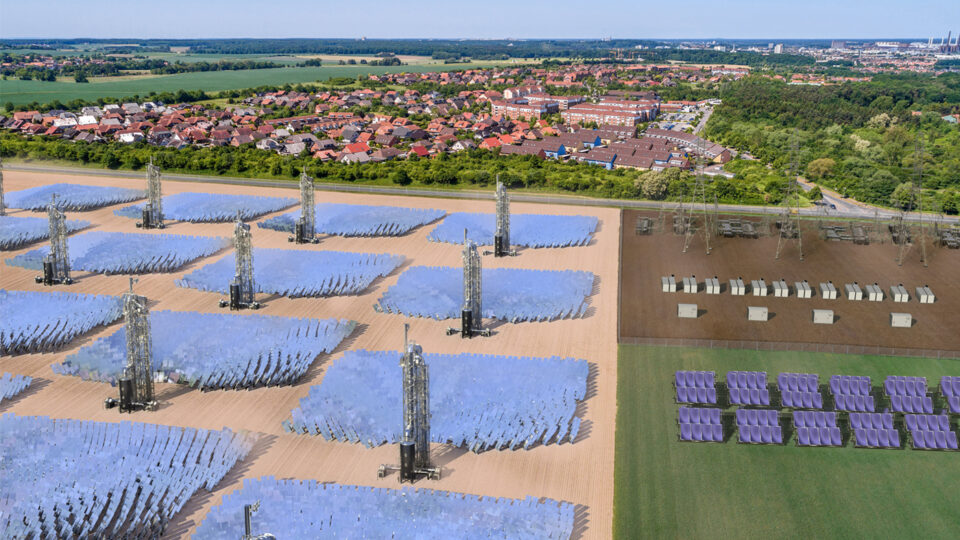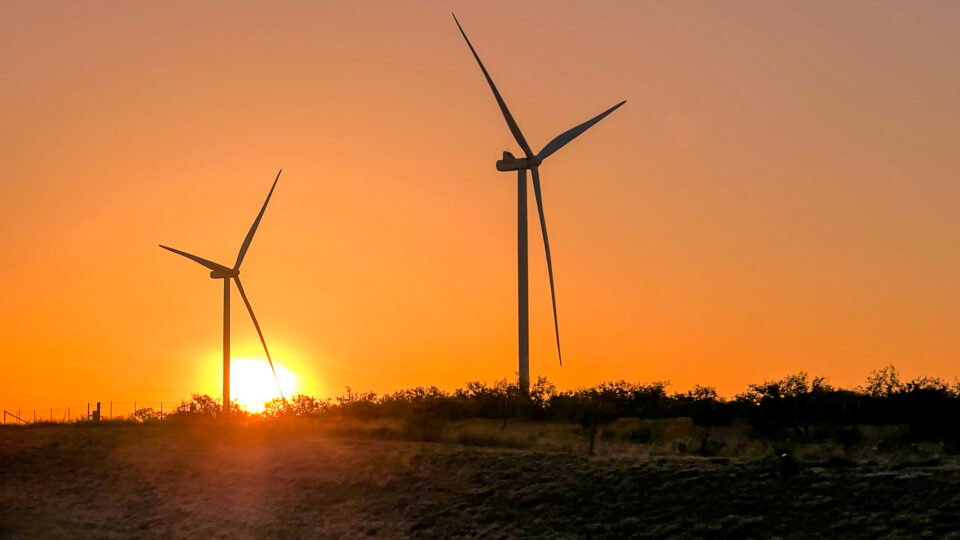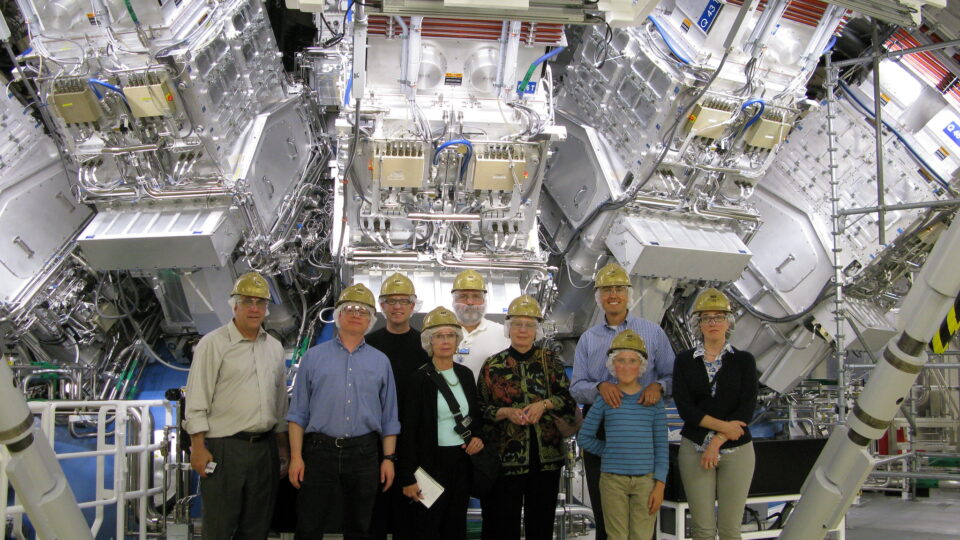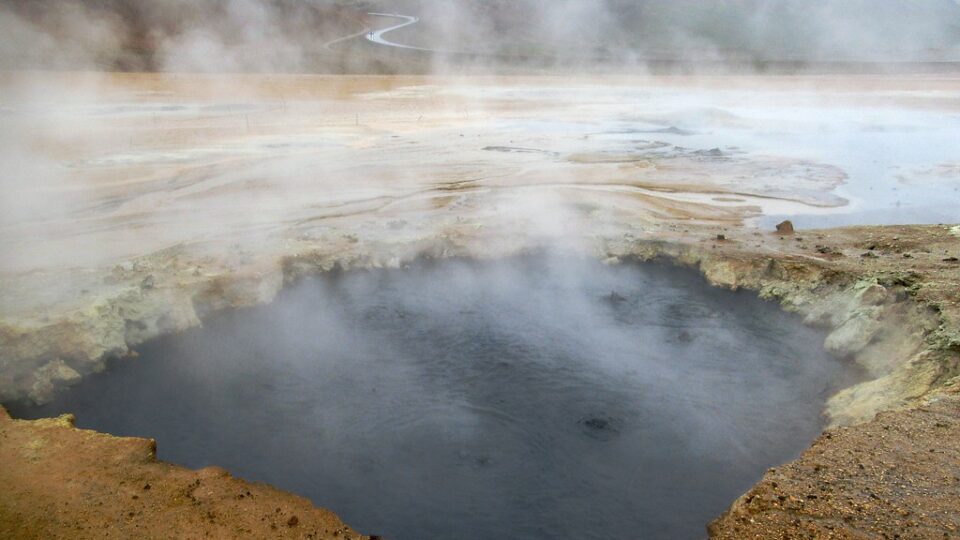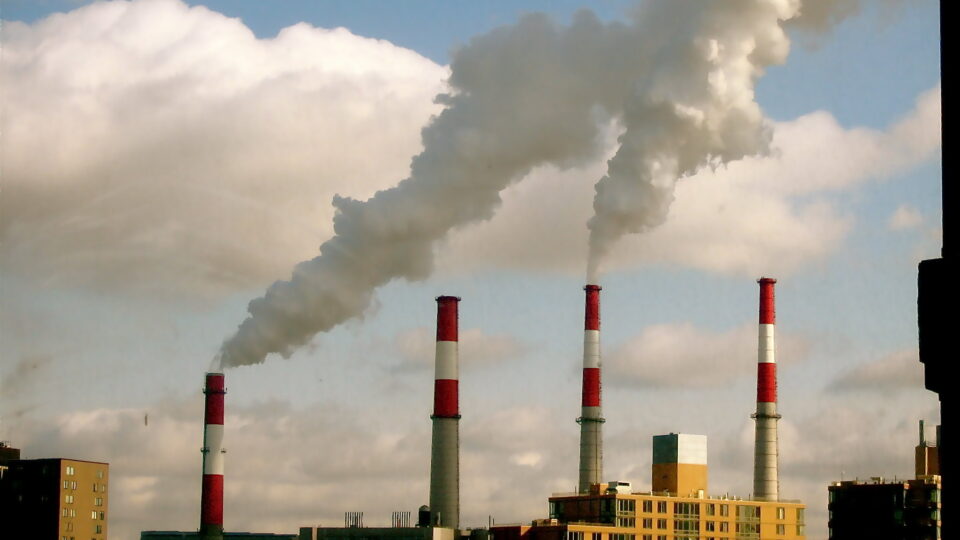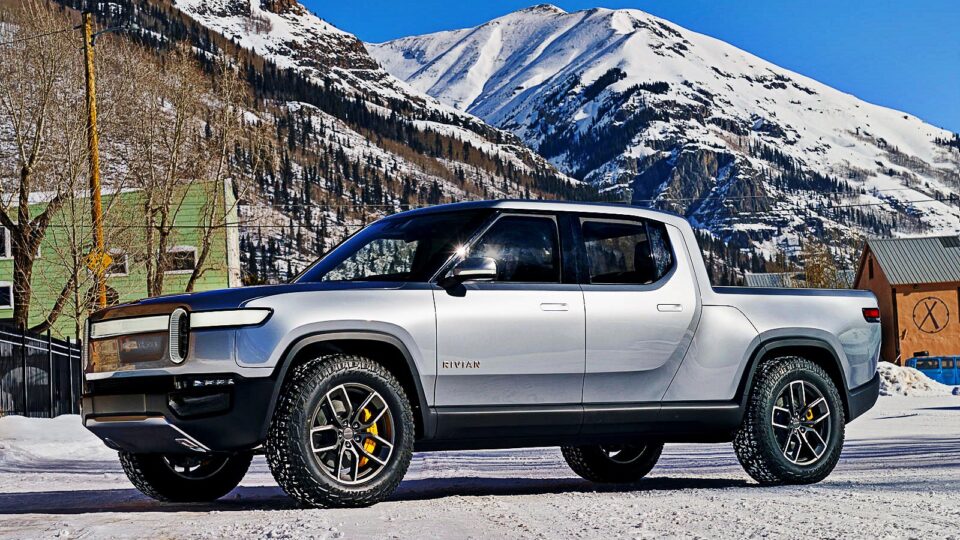Using solar and wind power can go a long way toward replacing fossil fuel-generated electricity, particularly with the addition of battery energy storage. But because of the intermittent nature of both sun and wind, other sources are still needed. There is also the need for ways to produce high temperature for industrial processes. Complete decarbonization will require a host of complementary technologies.
A spinout company from MIT called 247Solar is building high-temperature concentrated solar power systems that make use of overnight thermal energy storage to provide electric power around the clock as well as industrial-grade heat.
The system uses a field of sun-tracking mirrors to reflect sunlight to the top of a central tower. A proprietary solar receiver heats air to over 1,800 degrees Fahrenheit. The heated air drives turbines that generate 400 kilowatts of electricity and produces 600 kilowatts of heat. Some of the hot air is routed through a long-duration thermal energy storage system and the stored heat is then used to drive the turbines when the sun isn’t shining. The unique part of the technology is not the concentrated solar power; it is the solar receiver.
The modular systems can be used as standalone microgrids for communities, or to provide power in remote places. They can also be used in conjunction with conventional wind and solar farms to enable around-the-clock renewable power.
The first deployment will be with a large utility in India. If it is successful, 247Solar hopes to scale up rapidly with other utilities, companies, and communities around the globe.
**********
Web Links
Offering clean energy around the clock
Photo credit: 247Solar.
Earth Wise is a production of WAMC Northeast Public Radio
